Behavioral Economics and Liberal Paternalism
Note: This article isn’t really meant to be political; I just thought this was an interesting topic. I used Nudge by Richard Thaler as a source of inspiration for my opinion on this.
Before I delve into this article, please answer the following question.
Choose a newspaper subscription model:
A. Print only: 65 dollars
B. Electronic only: 95 dollars
C. Print and electronic: 95 dollars
First, an introduction. Behavioral Economics is the study of decision making, using the intersection of economics and psychology. In traditional economics, humans are considered to be rational decision makers, meaning that their decisions are consistent and are based on logic and reasoning. In behavioral economics, using psychology, humans are better understood to be a mix of rationality and irrationality—humans often don’t make decisions in the best interest of themselves, and often decide both intuitively and emotionally.
In the first question, you probably choose C. It’s the best choice, right? Why would anyone pick B when you can get C with print for free?
Wrong, lmao. Bamboozled. The problem is an illustration of the decoy effect in behavioral economics. Option B is just a decoy to make option C seem enticing. In fact, when this question was presented to students with only options A and C, most people pick A. Why do people change then?
It’s because B and C are very easy to compare. Humans like to make decisions when they are easy, and find things that are easy to compare (such as price.) As a result, B is just a decoy to make B and C easy to compare.
This decoy is an example of a “nudge” in choice architecture. A nudge is a change in the way choices are presented to influence decision making. Choice architecture is the way choices are presented. Nudges take advantage of human irrationality in behavioral economics because people are easily susceptible to psychological blunders.
These nudges in choice architecture extend beyond multiple-choice questions and into our daily lives. Every decision we make is influenced by choice architecture.
But to what extent is it okay to manipulate choice architecture, and to what extent is it okay to nudge someone? On one hand, the libertarian viewpoint claims that people should have complete freedom to choose without influence. On the other hand, the paternalism viewpoint claims that it is okay for policy to limit autonomy with the aim of helping people make better decisions.
I think a healthy balance between the two is the best option, though at first glance this seems to not make sense because the two concepts conflict. When it comes to choice architecture, it is nearly impossible to adhere to libertarianism. No matter what, one option has to be presented first, one option has to be presented second and one option has to be presented last. For example, in ballots, one name always has to go first, and this name tends to get a 3% boost in selection.
Why do you think Weth always puts the salad first? People might not realize it, but putting salad first encourages people to fill up their plate with healthier food first so that they have less space for “Red’s Best Haddock.” (This isn’t actually unhealthy, but it’s not as healthy as a salad. You get my point.)
Similarly, paternalism isn’t quite the way to go as well. Who is to determine what is best for people? Freedom is a fundamental right.
I believe gentle nudges in choice architecture are the key. They combine libertarian and paternalistic perspectives to achieve a healthy balance to encourage better decision making. In fact, these gentle nudges already exist everywhere in our lives and are quite effective in helping people without restricting their liberty. Stop signs are a nudge to be careful. “Employees must wash hands” signs are nudges, too. Door locks are nudges to tell people like robbers that it is morally wrong to steal. When choosing A, B, C, or D on a multiple-choice exam, the order of the questions influences decision-making. Many, many things around you are examples of nudges and choice architecture.
Anyways, next time you make a purchase or make a decision, think about what factors are influencing you and if you are really choosing best, and how certain things might be nudging you.
